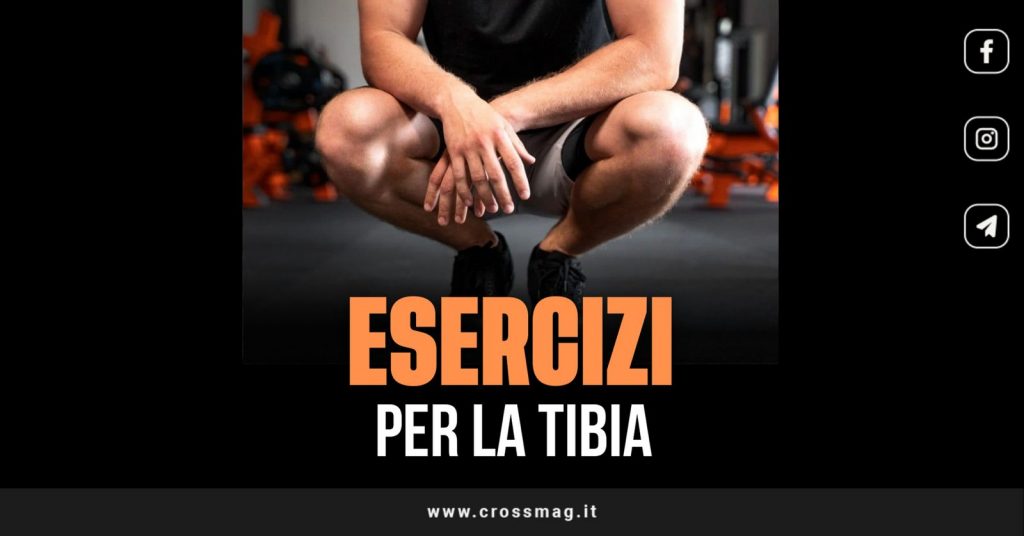If you've ever felt a sudden sharp pain in the front of your leg after a run, you may have experienced the medial tibial stress syndrome (MTSS), commonly known as “shin splints”.
This annoying disorder affects many athletes, but fortunately, with the right exercises, it is possible to alleviate and prevent this condition.
Medial tibial stress syndrome accounts for 90% of cases of “shin splints” and is caused by repeated microtraumas in the tibialis anterior, tibialis posterior and soleus muscles.
These microtraumas lead to inflammation in the shin area, causing pain, tenderness and slight swelling. Today we will see the best exercises for the tibia, to relieve and prevent shin splints!
Index
8 excellent exercises for the shin
Calf raises
The raised gods calves they are a fundamental exercise for training the lower body. Not only are they useful for shin splints, but They also help prevent Achilles tendon problems and can be included in regular leg training.
National: Be sure to avoid sudden movements and maintain control during the exercise to maximize the benefits.
Ankle Dorsiflexion with Resistance Band
This exercise targets the often overlooked muscle the tibialis anterior, which is essential for ankle dorsiflexion. Fascia resistance helps strengthen this muscle.
National: Once you've strengthened the muscles around your shin, you can perform this exercise with a kettlebell to increase the challenge.
Toe walking
A simple but effective way to engage your lower leg muscles. It is also suitable for the initial phase of recovery from shin splints.
National: Practice this exercise barefoot for greater foot muscle involvement.
Heel walking
Complementary to toe walking, this exercise engages several muscles in the lower leg and improves ankle mobility.
National: Focus on lifting your toes as high as possible while walking in your heels.
Squat against the Wall for the Soleus Muscle
This exercise helps strengthen your quad and calf muscles, which are crucial for running.
Advice: Start with short durations and gradually increase the time as your force gets better.
Adduction in Lateral Position
Although it might seem strange, strengthening your adductors is essential to prevent shin splints. This exercise isolates the adductor muscles and is suitable for various fitness levels.
Advice Consider alternatives like band adduction and clamshell to vary your routine.
Unilateral Buttock Bridge
To prevent leg problems, it is essential that your core and the buttocks are in shape. This exercise is ideal for balancing any muscle dysfunction.
Advice: Hold the raised position for at least 3 seconds to maximize muscle activation.
step ups
Step-ups are a dynamic exercise that involves the entire leg. Start with a lower platform and gradually increase the height to avoid escalation of pain.
Advice: Be careful to involve both legs to prevent problems on the opposite side after healing from shin splints.
In conclusion, preventing and alleviating shin splints requires a comprehensive approach and a lot of prevention.
Shin exercises, combined with advanced rehabilitation methods, can be an effective plan for maintaining the health and function of your legs.
Always consult a professional before embarking on new exercise programs, especially if you have persistent symptoms.
Your road to strong, pain-free legs begins with regular, mindful practice of the right exercises and stretching.
And you, did you know these exercises for the tibia? Let us know in the comments and remember to follow us on our telegram channel
SUBSCRIBE HERE TO THE TELEGRAM CHANNEL

